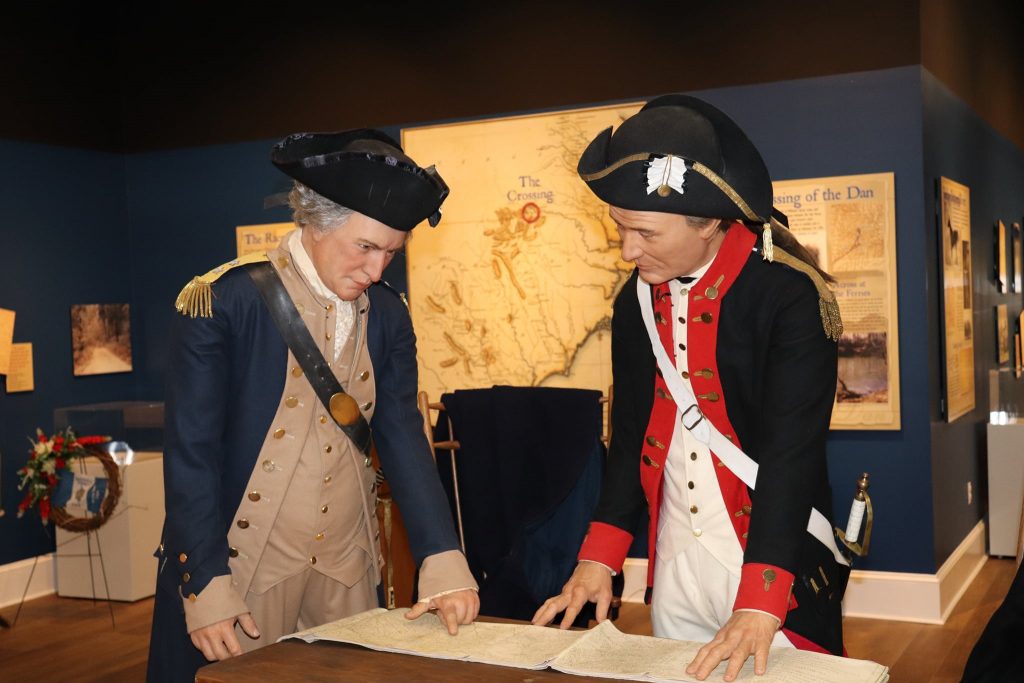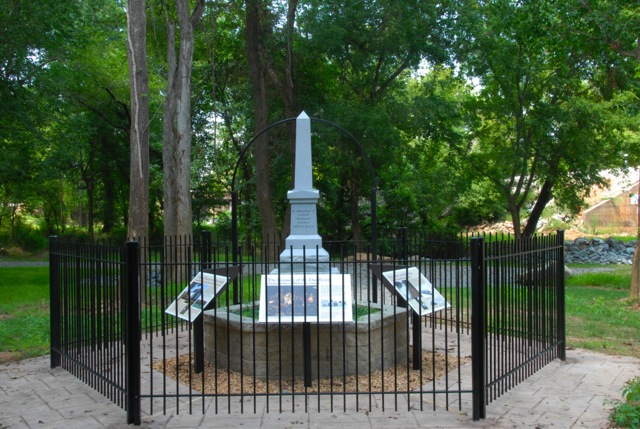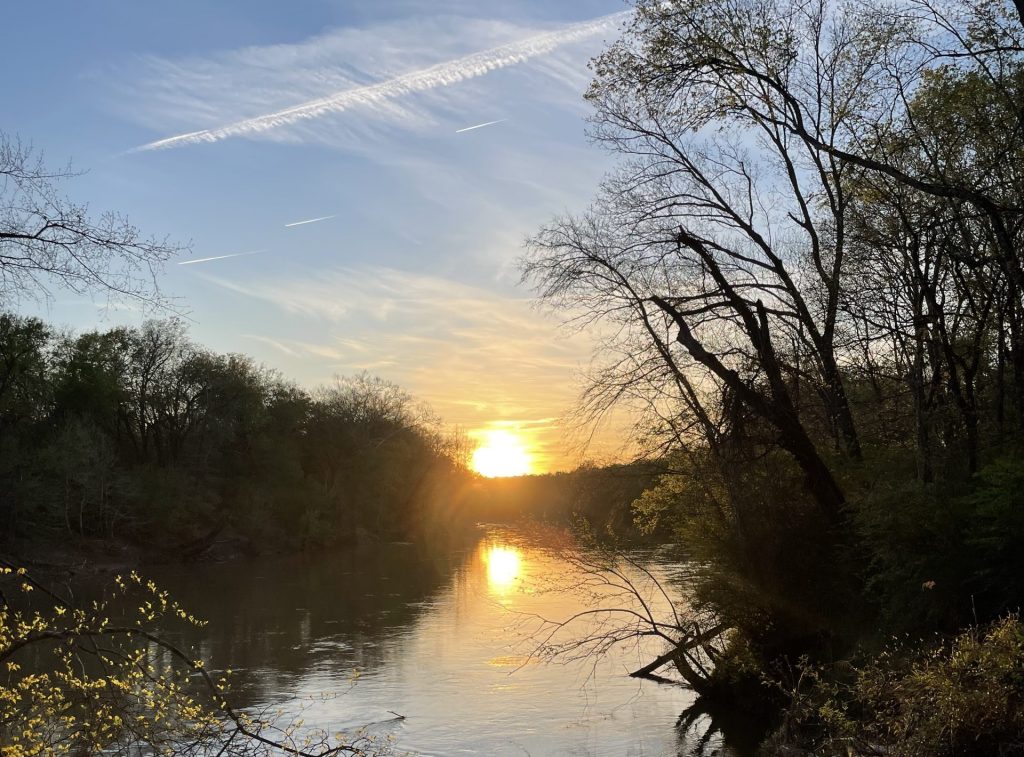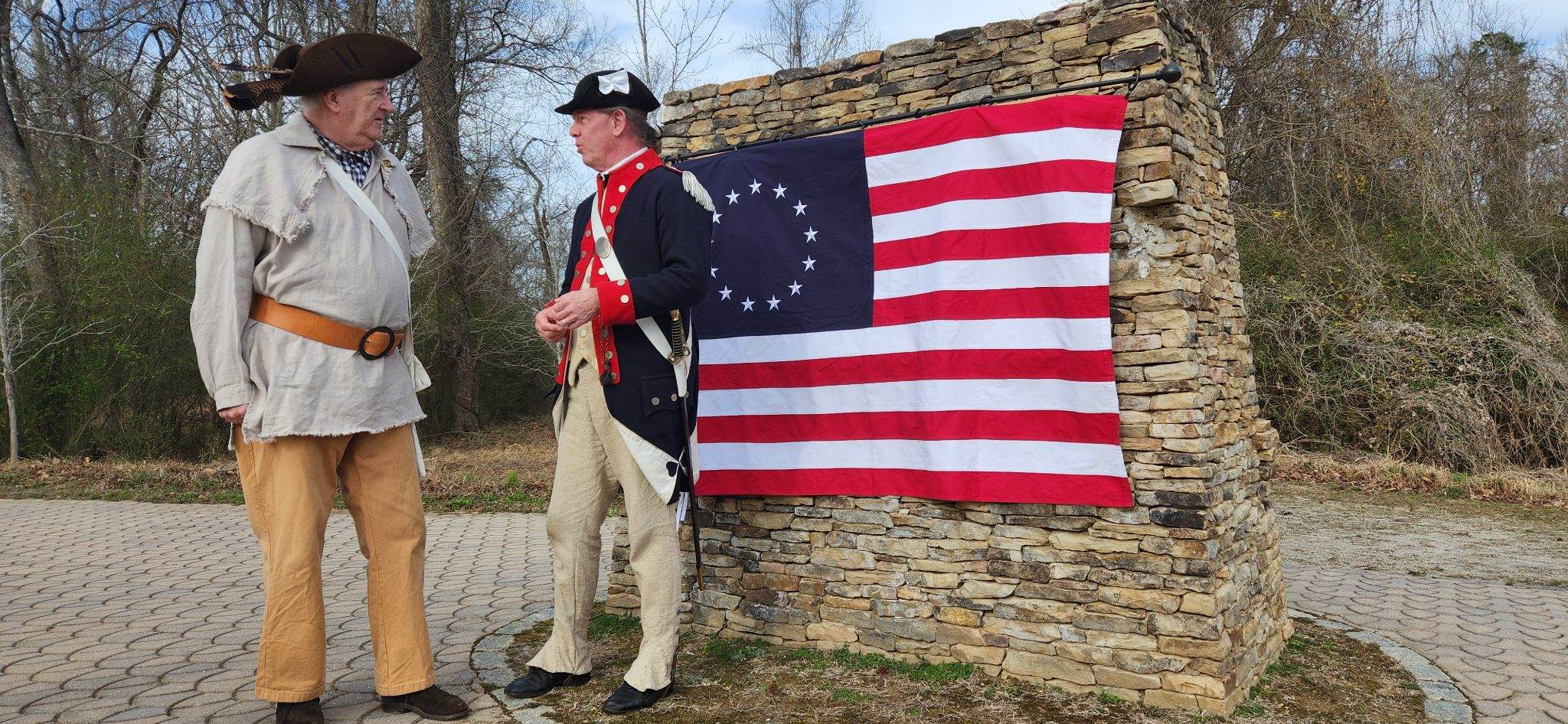
Local Sites

Museum Exhibit
The Halifax County Museum of Fine Arts and History has a comprehensive exhibit focused on the Crossing of the Dan. Featuring sculptures, uniforms, relics, and interpretive signage, this should be the first stop on any history enthusiast’s journey to discovering the Crossing of the Dan.
boyd's Ferry
On February 14th, part of Greene’s main army crossed the Dan River at Boyd’s Ferry and set up camp on the riverbank, awaiting further orders. Greene later wrote to Virginia Governor Thomas Jefferson from “Boyd’s Ferry Camp,” describing their exhausting 200-mile retreat, carried out under enemy pressure to allow militia reinforcements and safeguard supplies. He indicated readiness to cross the Staunton River if Cornwallis advanced further upstream.
Today, a monument stands on the Dan River bank at Boyd’s Ferry, honoring Greene and his men’s efforts during the Race to the Dan. This historic site, with interpretive signs and annual February commemorations, can be reached near coordinates (36.6931605, -78.9032064). Visitors should be cautious of muddy conditions after rainfall, as the area is prone to flooding.


Irvine's ferry
Irvine’s Ferry, located near the Tobacco Heritage Trail, was another critical crossing used by Greene’s army during the Race to the Dan. Although unmarked, plans exist for an interpretive sign at the site. Hikers and history enthusiasts can visit the approximate location near the trail’s end (36.6893, -78.9609), though summer foliage may obstruct views of the river.
Established in 1755 by James Irvine, Sr., the ferry was likely a flat-bottomed wooden barge attached to ropes anchored on both banks, enabling wagons to cross without drifting downstream. By 1781, James, Jr., and his brothers had taken over the ferry and surrounding land. Lt. Col. Henry Lee hinted that multiple boats may have been used in tandem to transport troops efficiently across the river.
Banister Crossing


© 2024 Halifax County Tourism
1180 Bill Tuck Highway
South Boston, Virginia 24592
434-572-2543
info@gohalifaxva.com
A Hellow Yellow website.
